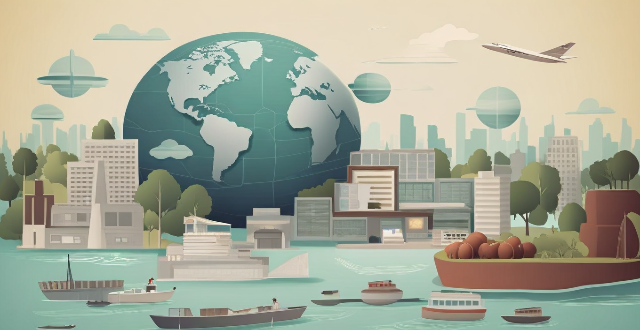Satellite communication is critical in emergency response and disaster relief, offering global coverage, high availability, scalability, and multipurpose use. It enables immediate alerts, coordination, resource deployment, and medical assistance during emergencies. In disaster relief, it aids damage assessment, information dissemination, infrastructure recovery, and aid distribution. Key technical aspects include satellite phones, VSAT terminals, and data collection through sensors. Proper logistics such as training, maintenance, and partnerships with service providers are crucial for effective utilization. Satellite communication significantly enhances the capability to respond to natural disasters and emergencies, reducing their impact on lives and properties.

How Satellite Communication Aids in Emergency Response and Disaster Relief
Introduction
Satellite communication plays a crucial role in emergency response and disaster relief operations. It provides reliable and instant connectivity where traditional communication systems might be compromised or unavailable.
Key Features of Satellite Communication:
- Global Coverage: Satellites can cover remote areas where terrestrial networks are nonexistent.
- High Availability: They are less affected by natural disasters compared to ground-based infrastructure.
- Scalability: The capacity can be increased quickly during emergencies by adding more satellite resources.
- Multipurpose: Supports voice, data, and video transmission, which is vital for coordination.
Emergency Response
During emergencies, every second counts. Satellite communication ensures that responders can act promptly and effectively.
Use Cases:
- Immediate Alerts: Satellites can send immediate alerts to concerned authorities about unfolding situations.
- Coordination: Coordinating efforts between different agencies and organizations becomes seamless with satellite links.
- Resource Deployment: Aerial views from satellites help in deploying resources where they are needed most.
- Medical Assistance: Telemedicine through satellite allows experts to offer guidance in critical situations.
Disaster Relief
After the initial response, satellite communication continues to support relief efforts by maintaining information flow.
Applications:
- Damage Assessment: Post-disaster damage can be assessed using satellite imagery for effective planning.
- Information Dissemination: Vital information can be broadcasted to affected populations via satellite signals.
- Infrastructure Recovery: Satellites expedite the restoration of communication infrastructure after disasters.
- Aid Distribution: Ensuring aid reaches the right people at the right time, monitored through satellite tracking.
Technical Aspects
The technical aspects of using satellite communication include setting up satellite phones, VSAT terminals, and integrating with existing communication systems.
Equipment and Infrastructure:
- Satellite Phones: Portable and crucial for one-to-one communication in disaster zones.
- VSAT Terminals: For large-scale deployment, providing high-speed internet and voice services.
- Data Collection: Using satellite-based sensors and IoT devices for real-time data collection.
Logistical Considerations
Proper logistics ensure that the full potential of satellite communication is utilized during crises.
Preparation Checklist:
- Training: Personnel must be trained on how to use satellite communication tools.
- Maintenance: Regular checks to ensure equipment is functional before an emergency occurs.
- Partnerships: Collaborate with satellite service providers to guarantee priority access during emergencies.
Conclusion
Satellite communication is an indispensable tool for emergency response and disaster relief. Its global reach, high availability, and multipurpose nature make it essential for saving lives and facilitating recovery in the toughest situations. By leveraging this technology, we can enhance our ability to respond effectively to natural disasters and other emergencies, ultimately reducing the impact on human lives and properties.